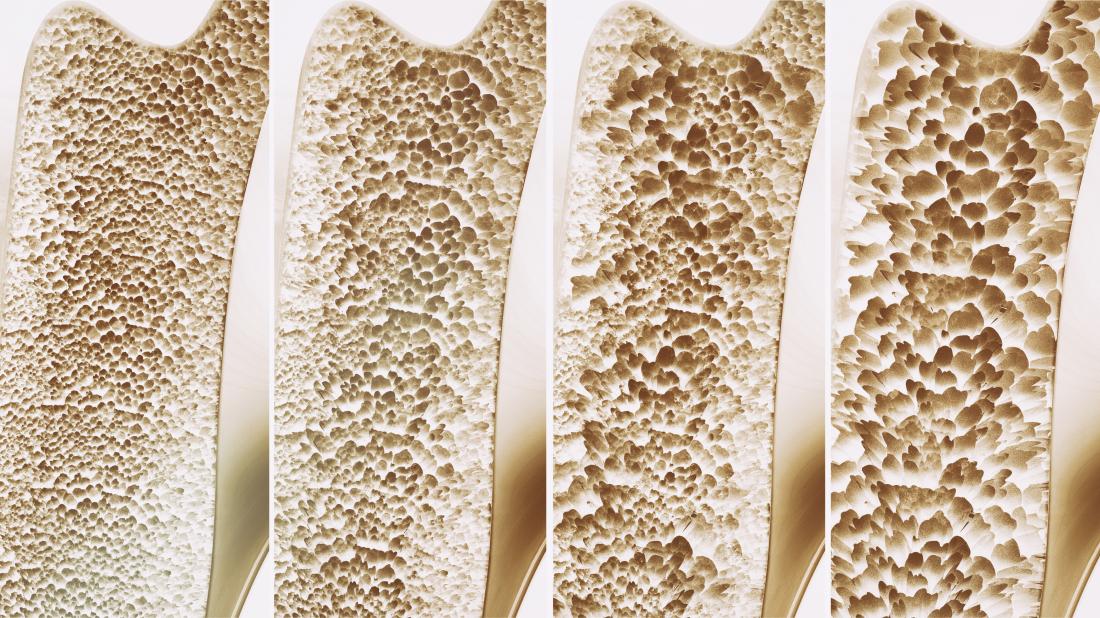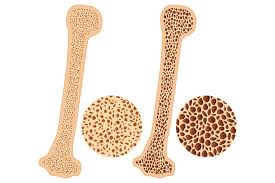Women are at higher risk of osteoporosis

Vinod Kumar
Avoidance of sunlight exposure due to socio-cultural reasons, poor intake of dietary calcium and increasing environmental pollution lead to low bone density among Indian women. According to experts, habitual low intakes of calcium have been reported in toddlers, adolescents, pregnant and lactating mothers and post-menopausal Indian women.
With the increase in life expectancy of Indians, an alarming rise has been noted in the number of women being diagnosed with clinical osteoporosis. Low calcium intakes with extensive prevalence of vitamin D deficiency, poor knowledge about osteoporosis and difficulties in the diagnosis of osteoporosis in Indian conditions are some of the reasons that have resulted in osteoporosis becoming a major public health problem in India, especially among the Indian women, says Dr Raju Vaishya, President, Arthritis Care Foundation (AFC) & Senior Orthopaedic Surgeon at Indraprastha Apollo Hospitals, New Delhi.
Marked by thinning of bones, osteoporosis is also referred to as a silent disease for being asymptomatic and remains undetected until the patient faces a fracture (a silent disease). The disease makes the bones brittle to the extent that a minor slip, jerk or fall can lead to a major fracture. Although the condition develops with age, increasingly, osteoporosis is being diagnosed in relatively younger people as well.
“If we receive 100 patients of the older age group, at least 30% of them are osteoporotic. In our camps, organised by Arthritis Care Foundation (AFC), we now find young people around the age of 35-40 too with low bone mineral density which means they are at a higher risk of developing osteoporosis. Younger people have become more vulnerable to this disease. It due to the modern lifestyle, sedentary habit, consumption of alcohol and tobacco, smoking, urban dietary habits of consuming more of high calorific and junk food, adulteration in food, and developing cardiac diseases and diabetes mellitus at a young age,” says Dr Vaishya.
Traditionally, osteoporosis is more prevalent in women after they reach menopause. Reportedly about 80 per cent of women in India, which is more than three in every four women, have osteoporosis and menopausal women above the age of 50 are more at risk.
Explaining why women are more affected, Dr Vaishya adds, “Women have lower bone density than men, and they lose bone mass more quickly, as they age which leads to osteoporosis. It is because of the lack of estrogen which is a hormone that helps to regulate a woman’s reproductive cycle, and at the same time, plays a key role in keeping bones strong and healthy in both men and women. While pre-menopausal women have more estrogen than men, they experience a dramatic drop in estrogen production after menopause and therefore are more likely to face faster bone loss leading to osteoporosis.”
Adequate and healthy diet plays a crucial role in the strengthening of bone and human skeletal system. Osteoporosis can be avoided or at least its onset can be delayed by following a healthy diet and an active lifestyle.
For osteoporosis, a diet rich in calcium, protein, magnesium and vitamin D is vital. The following healthy dietary practices should be followed:
Include calcium-rich food in the diet: Calcium strengthens bone. Non-fat milk, yogurt, broccoli, cauliflower, certain types of fish like salmon, almonds, and green leafy vegetables are all excellent sources of calcium.
Protein-rich foods like lentils, kidney beans, grains, nuts, and seeds help the body to keep the muscles healthy. Healthy muscles support the bones.
Consumption of tobacco and alcohol should be reduced as much as possible. Red meat and caffeine should also be avoided.
Additionally, calcium supplements should be taken as prescribed by your doctor.
Although exercising does not increase bone density, it improves health in more ways than one and also contributes to preventing osteoporosis.


